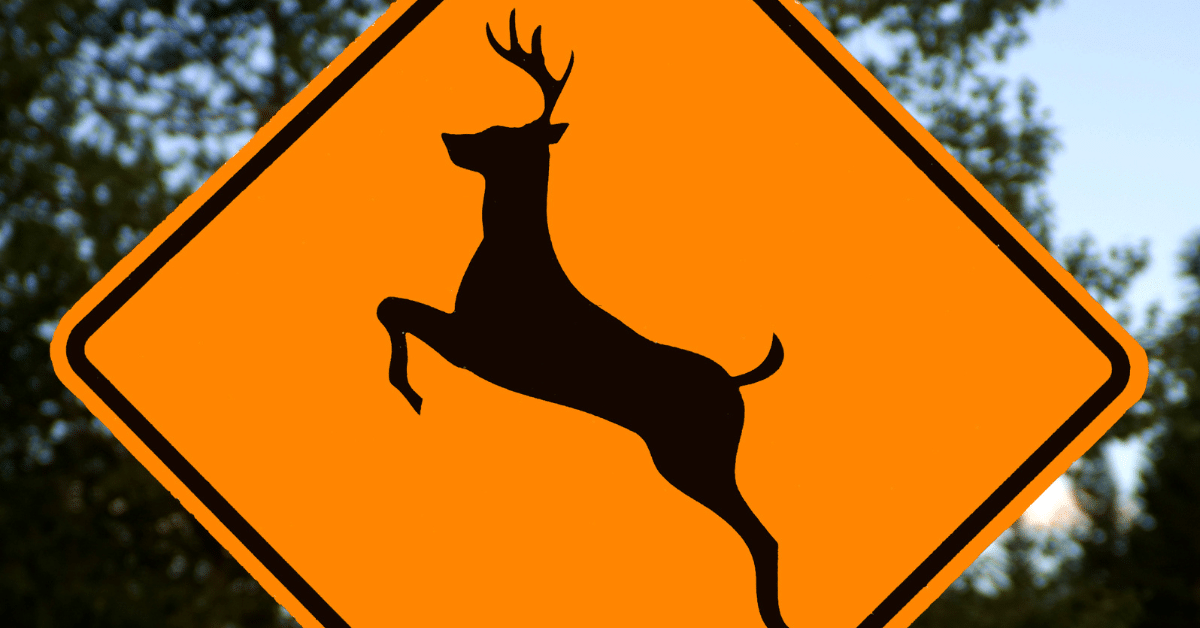
Watch for Wildlife: Virginia Animals on the Move This Fall
As summer fades and the crisp air of fall settles in, Virginia’s wildlife gets busy — and that means more animals are crossing roads. Whether you’re commuting to work or heading out to enjoy fall foliage, it’s important to stay alert behind the wheel. Fall is a peak season for wildlife-vehicle collisions in Virginia, and knowing what animals to watch for can help keep both you and our native species safe.
Deer are the most common culprits when it comes to road accidents in the fall. October through December is mating season (the rut), and bucks are especially active and unpredictable. They often travel at dawn and dusk, so be extra cautious during those hours, especially in rural or wooded areas.
Black bears are also on the move during the fall months. They’re preparing for winter by fattening up, which can lead them to cross roads in search of food. Young bears that have recently left their mothers are also more likely to wander into new areas — including roadways.
Smaller animals like foxes, raccoons, and opossums are frequently seen roadside in the fall. These nocturnal animals may be scavenging or searching for shelter, and their sudden dashes into the road can surprise drivers.
If you live in or near forested areas, wild turkeys and even snakes might make an appearance, especially on sun-warmed pavement during cooler days.
To help wildlife this fall, slow down in high-risk areas, use high beams when appropriate, and stay alert — especially at dawn, dusk, and night. And remember: if you see one animal, there may be more close behind.
Driving with care protects not just your vehicle and passengers, but Virginia’s diverse and vital wildlife too.
Learn more about what Wild Virginia is doing to connect fragmented habitat here.